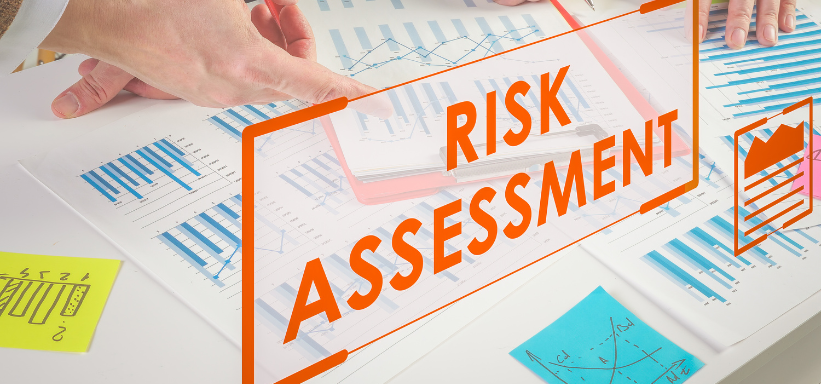Executive Summary
-
Machine learning revolutionizes risk management by enhancing predictive capabilities.
-
Predictive analytics can significantly reduce financial losses and improve decision-making.
-
Challenges include data quality and integration, requiring robust data management strategies.
-
Successful implementation demands a strategic approach and expert insights.
Introduction
In the dynamic world of finance, risk management is paramount. Traditional methods often fall short in predicting complex market shifts, leaving businesses vulnerable. Enter machine learning: a powerful tool that enhances predictive risk assessment by processing vast datasets with unprecedented accuracy. This article explores why machine learning is a game-changer for investors, financial institutions, and corporates, providing insights into its application in risk management.
Definitions / Context
Machine Learning in Risk Management
Machine learning is a subset of artificial intelligence that enables systems to learn from data patterns, improving their predictions over time without explicit programming. In risk management, it involves leveraging algorithms to analyze historical data, identify trends, and forecast potential risks.
Predictive Risk Assessment
Predictive risk assessment uses data analytics to anticipate potential risks, allowing organizations to mitigate them before they materialize. This proactive approach is essential in today’s fast-paced financial environment.
Benefits / Pros
-
Enhanced Accuracy: Machine learning algorithms can process vast amounts of data faster and more accurately than traditional methods.
-
Cost Efficiency: By predicting risks early, companies can avoid costly losses and allocate resources more effectively.
-
Improved Decision-Making: Access to reliable forecasts empowers decision-makers with the insights needed to strategize effectively.
-
Scalability: As data volume grows, machine learning models can be scaled to accommodate increased demand without significant cost increases.
Risks / Cons / Challenges
-
Data Quality Issues: Poor data quality can lead to inaccurate predictions, underscoring the importance of robust data management practices.
-
Complex Integration: Integrating machine learning systems with existing infrastructure can be complex and requires specialized expertise.
-
Regulatory Compliance: Financial institutions must navigate regulatory landscapes, ensuring that machine learning applications comply with legal standards.
Step-by-Step Process for Implementation
-
Identify Objectives: Clearly define the risk management goals you aim to achieve with predictive analytics.
-
Data Collection and Preparation: Gather relevant data, ensuring it is clean and structured for analysis.
-
Model Selection: Choose appropriate machine learning models that align with your risk assessment needs.
-
Training and Testing: Train models using historical data, then test their predictive accuracy.
-
Integration and Deployment: Seamlessly integrate the model into your existing risk management framework.
-
Continuous Monitoring and Improvement: Regularly review model performance and update as necessary to maintain accuracy.
Global Bank X successfully implemented machine learning in their risk management strategy, which improved their credit risk assessment accuracy by 30%. By analyzing transactional data and market trends, they reduced non-performing loans and optimized their capital allocation.
Expert Tips / Strategic Insights
-
Collaborate with Data Scientists: Engage experts to develop and refine machine learning models tailored to your specific needs.
-
Invest in Data Infrastructure: A solid data infrastructure ensures the availability of high-quality data for accurate predictions.
-
Stay Updated on Regulatory Changes: Continuous monitoring of regulatory requirements helps maintain compliance and avoid penalties.
Tools / Resources / Calculators
-
Data Management Platforms: Consider platforms like Apache Hadoop or Spark for efficient data processing.
-
Machine Learning Frameworks: Use TensorFlow or scikit-learn for developing and testing predictive models.
-
Risk Assessment Tools: Leverage tools like RiskWatch to streamline your risk management processes.
Conclusion
Machine learning holds transformative potential for predictive risk assessment, offering enhanced accuracy, cost efficiency, and improved decision-making. However, successful implementation requires overcoming challenges like data quality and integration. By adopting a strategic approach, financial institutions can harness the full potential of machine learning for superior risk management.


















